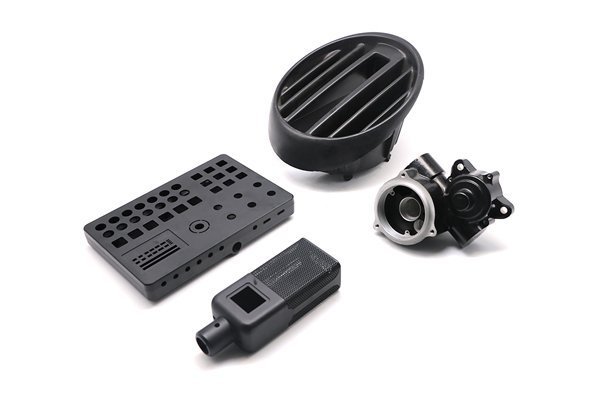When you think about precision instruments, what comes to mind? Maybe it’s a sleek, shiny piece of machinery that does its job with utmost accuracy. Turning in CNC machining plays a vital role in making sure those instruments perform like a well-tuned orchestra, hitting all the right notes. It’s fascinating how a simple process can influence the quality and precision of these complex tools. Let’s dive right into the world of CNC machining and its turning processes, and see how they contribute to the fine-tuning of precision instruments.
What Is CNC Turning?
At its core, CNC turning is all about shaping and crafting materials into specific forms. If you’re picturing a sculptor meticulously chipping away at marble, you’re on the right track! Now, instead of a mallet and chisel, CNC (Computer Numerical Control) uses advanced technology to operate lathes, making the process faster and more accurate.
Just picture a perfectly made metal part rotating at high speeds while a cutting tool shaves off layers, creating that desired shape. Sure, it might sound simple, but every twist and turn requires precision engineering to ensure that the instrument works flawlessly. So, let’s unpack further how CNC turning is harnessed in the production of precision instruments.
Why Is Precision So Crucial?
Precision in manufacturing is like seasoning in cooking; too little, and it’s bland. Too much, and it might overpower everything else. In the realm of precision instruments—think measuring tools, optical devices, and high-performance components—accuracy is paramount.
Imagine a surgeon using a precision instrument that’s off by just a millimeter. The implications can be serious. That’s why industries reliant on precision instruments, such as aerospace, medical, and automotive, treat CNC turning and precision with the utmost importance. Even the smallest miscalculation can lead to catastrophic results.
The Role of CNC Turning in Creating Precision Instruments
Challenges Faced in CNC Turning for Precision Instrument Manufacturing
Every silver lining has a cloud, right? While CNC turning offers numerous advantages, it comes with its own set of challenges.
Technological Advancements in CNC Turning
The world of CNC turning is evolving, much like technology in our everyday lives. Below are some exciting advancements redefining how precision instruments are crafted.
Real-World Applications of CNC Turning in Precision Instruments
Now that we’ve covered the foundations, let’s look at some real-life applications of CNC turning in precision instruments.
Conclusion: The Future of Precision Instruments and CNC Turning
In wrapping things up, CNC turning is a driving force behind the manufacturing of precision instruments, much like a conductor leading an orchestra. As technology advances, so will the techniques and tools involved in CNC turning. The future shines bright, with automation, smarter technologies, and innovative materials enhancing we can transform into precision instruments.
Don’t you think it’s exhilarating to visualize where CNC machining is heading? As industries continue to embrace innovation while prioritizing precision, the endless possibilities can genuinely inspire anyone with a curious mind.
So, what are your thoughts? Are you as fascinated by the intersection of technology and precision manufacturing as I am? Let’s keep this conversation going! There’s a whole world of knowledge out there just waiting to be explored.
—






